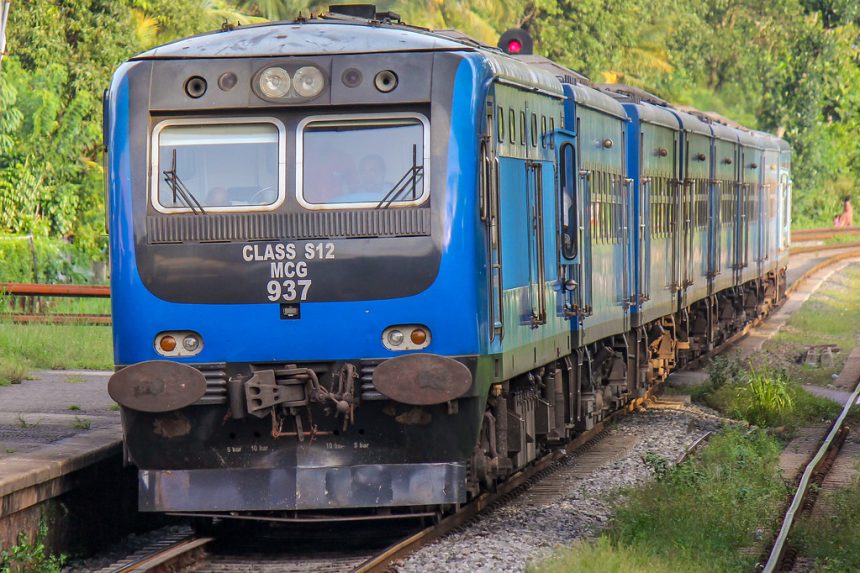Incident Overview
On the night of February 19, 2025, a passenger train traveling from Batticaloa to Colombo collided with a herd of elephants near the Minneriya National Park, approximately 200 kilometers from Sri Lanka’s capital, Colombo. The collision resulted in the deaths of six elephants, including four calves and two adults. The impact caused the train’s engine and several compartments to derail; however, no passengers sustained injuries. Authorities promptly transferred the passengers to another train to continue their journey.
Rising Incidents of Elephant-Train Collisions
This tragic event highlights a growing concern in Sri Lanka: the increasing number of elephant fatalities due to train collisions. As elephants’ natural habitats diminish, they are compelled to cross railway tracks in search of food and water, leading to such accidents. In 2024, nine elephants were killed by trains, a decrease from 24 in 2023. Despite legal protections, with elephants revered in Sri Lankan culture, their population has dwindled from approximately 14,000 in the 19th century to about 6,000 in 2011.
Conservation Efforts and Challenges
The Sri Lankan government and wildlife authorities are actively seeking solutions to prevent such incidents. Proposed measures include installing warning systems for train operators, constructing barriers along railway tracks, and creating safe passages for elephants. However, implementing these solutions faces challenges, such as funding constraints and the need for coordination between multiple agencies. Balancing infrastructure development with wildlife conservation remains a critical issue in regions where human and elephant habitats intersect.
Conclusion
The recent accident near Minneriya underscores the urgent need for effective strategies to protect Sri Lanka’s endangered elephant population from railway-related fatalities. Collaborative efforts between government bodies, conservationists, and local communities are essential to develop and implement measures that ensure the safety of both wildlife and human activities.










